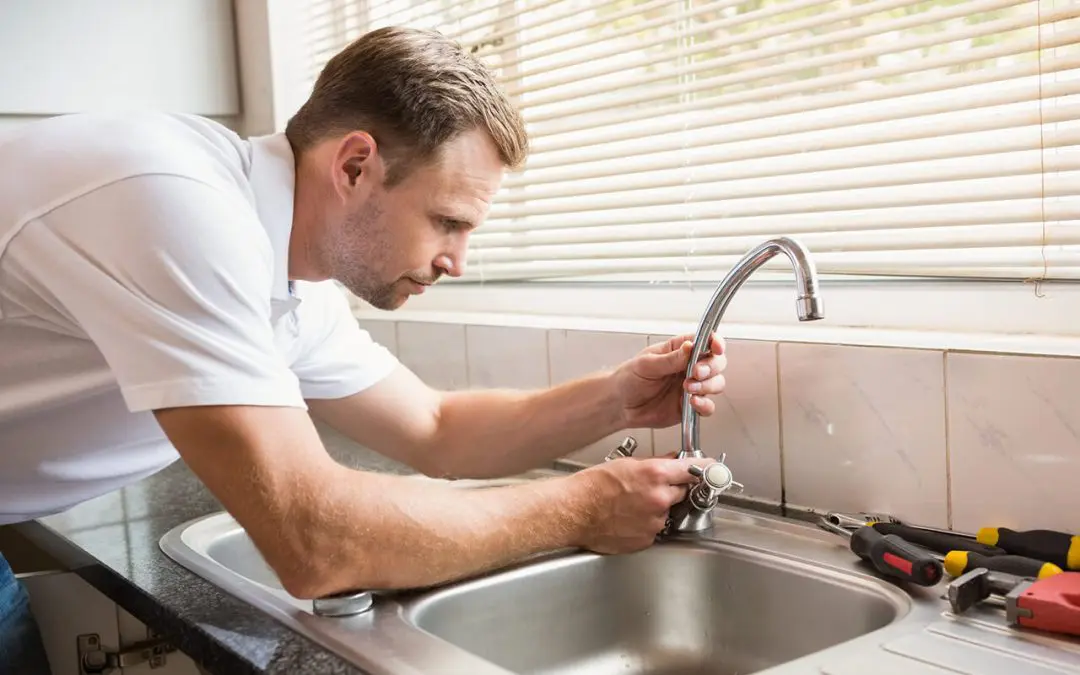DIY plumbing fixes can seem intimidating, but with the right tools and a bit of patience, even novice DIYers can tackle simple projects. Don’t let the fear of tackling a plumbing project stop you from attempting to repair those minor clogs or leaky faucets – it’s easier than you think! Check out these six plumbing projects you can tackle today.
Clear a Clogged Drain
A clogged drain can be a real headache, but it may not require professional help. You’ll need a plunger and some elbow grease to unclog the drain. Start by filling the sink or tub with several inches of water. Place the plunger over the drain and pump it several times vigorously. If that doesn’t work, use a drain snake, also known as an auger or plumber’s snake, and try to fish out the clog.
DIY Plumbing Fixes: Replace a Faucet
Replacing a faucet is a great way to upgrade the look of your bathroom or kitchen. You’ll need adjustable wrenches and essential plumbing tools such as a pipe wrench and plumber’s tape to do this job. Start by turning off the water supply, then use the adjustable wrenches to loosen the nuts that hold the faucet in place. Remove the old faucet and scrape away any old sealant or putty from around the sink. Install the new faucet using plumber’s tape, a putty knife, and the nuts and washers that come with it. Connect the hot and cold water supply lines, then turn on the water to test your work.
Tighten a Leaky Faucet Handle
Loose parts or worn-out components often cause a leaky faucet handle. To fix it, start by removing the handle. Most handles are held in place with a small screw that you can remove with a screwdriver. Once the handle is off, inspect the components for wear and tear or damage. If needed, replace any worn-out parts before reassembling and reinstalling the handle.
Easy DIY Plumbing Fixes: Upgrade Your Shower Head
Switching an old shower head for a more modern one is easy and inexpensive. Most of the time, the old shower head will be held in place by a single nut or simply screws onto the water pipe coming from the wall. Loosen and remove the old shower head and clean the old plumber’s tape off the pipe. Add new plumbers tape and tighten down your new shower head. Turn the water on to check for leaks.
Replace a Toilet Flapper
A worn-out toilet flapper can cause a toilet to run. To replace the flapper, start by turning off the water supply to the toilet. Then remove the lid from your tank and locate the two screws that attach the chain to the flush lever. Remove these screws and lift the old flapper from its seat at the bottom of the tank. Install the new flapper, making sure it’s centered and secure. Then reattach the chain to its original position and turn on the water supply.
Install a New Toilet
Installing a new toilet can be a large and intimidating undertaking, but it’s not that difficult. Start by shutting off the water supply to the toilet. Disconnect the water line from the original toilet, then use an adjustable wrench to loosen and remove the bolts on either side of your existing toilet. Remove the toilet and clean up any remaining sealant or putty from around the base of the old toilet. Place your new toilet in position, making sure it’s level on all sides. Then connect the water line to the new toilet and use a wax ring to seal it. Finally, turn on the water supply to test your work.
As you can see, most plumbing projects don’t require a professional plumber and are relatively easy to tackle. With the right supplies and a little know-how, you can do most of them yourself.
New Image Home Inspections offers inspections to customers in upstate South Carolina. Contact us to schedule our services.

